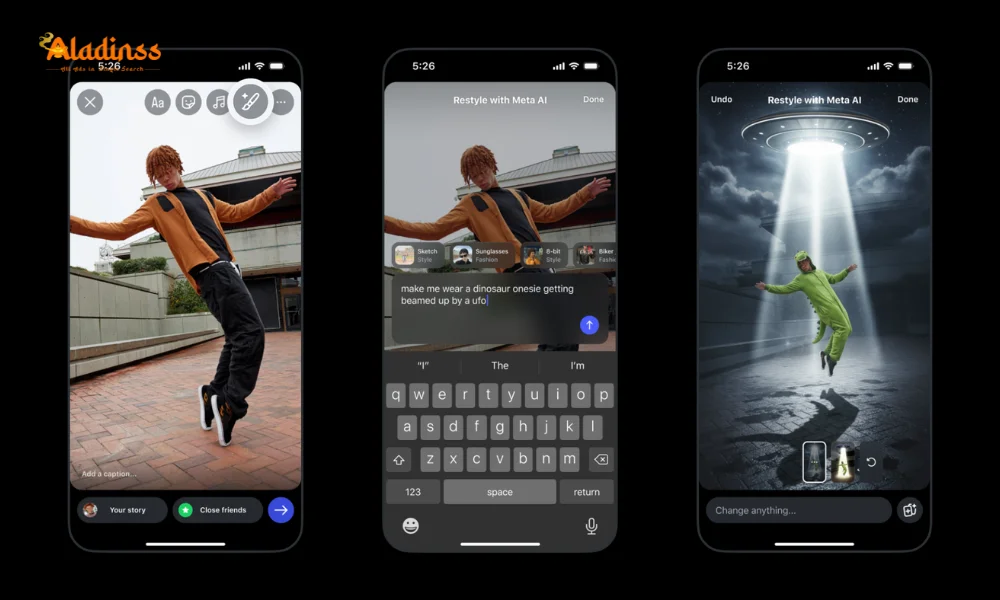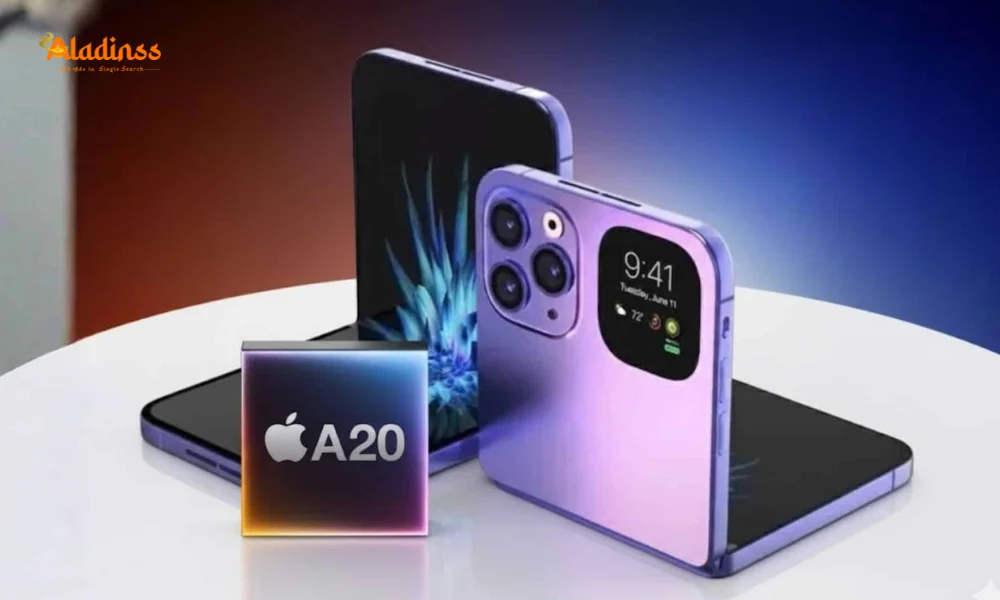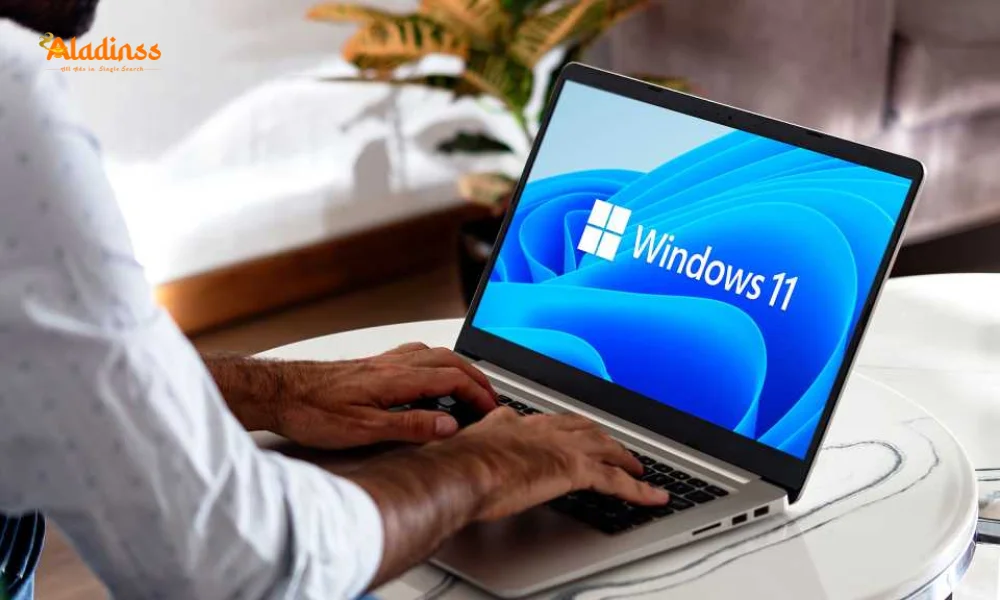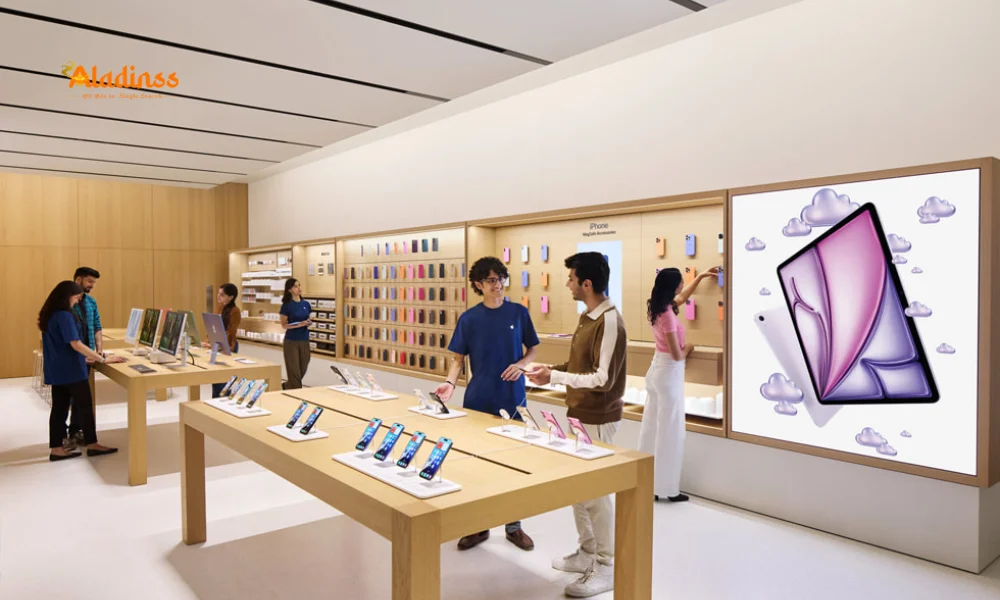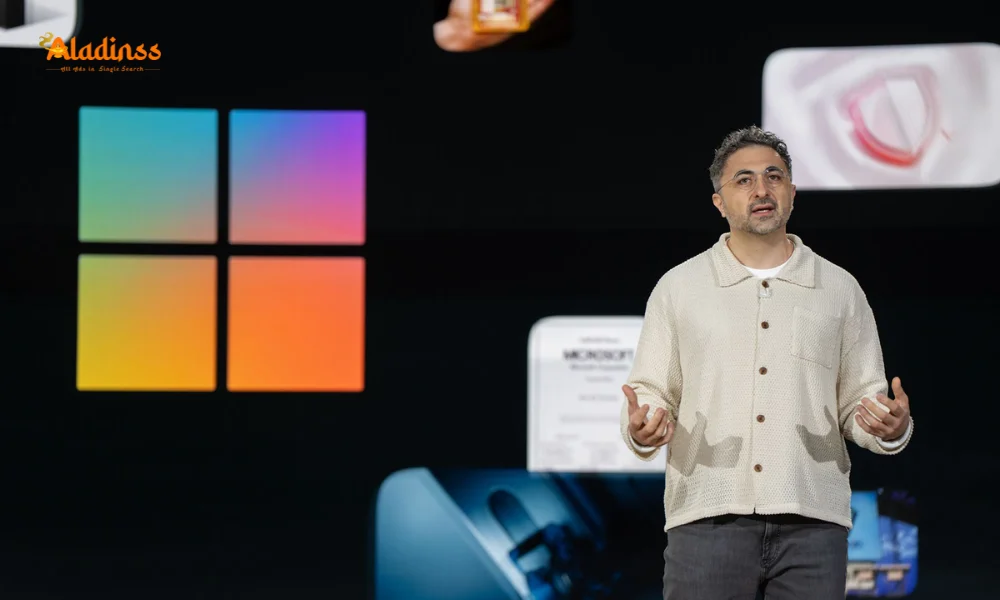Apple Foldable iPhone 2026: Two iPhone Airs Side by Side Design Revealed by Mark Gurman
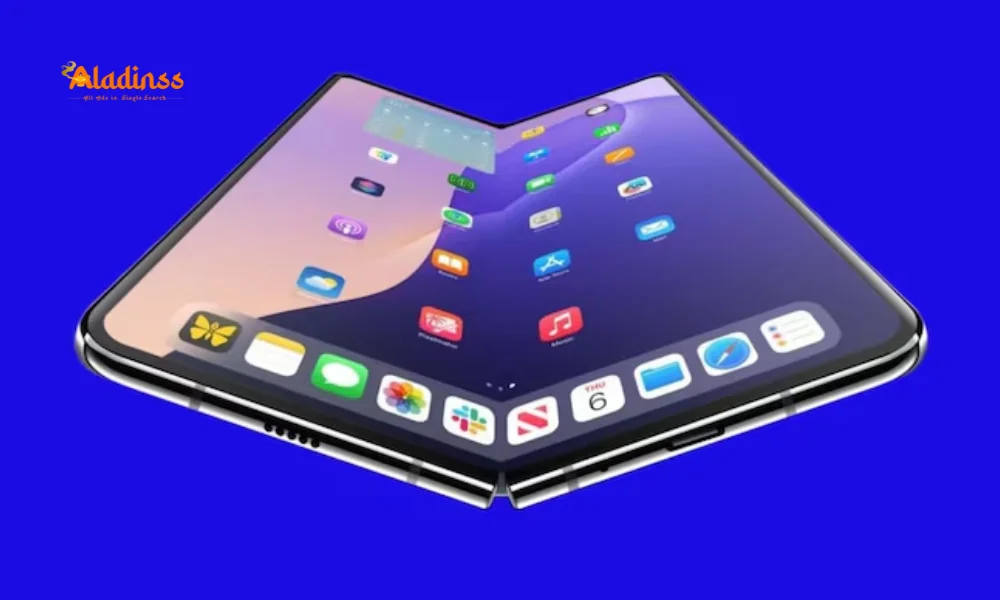
Apple Foldable iPhone 2026: Two iPhone Airs Side by Side Design Revealed by Mark Gurman — Breaking News Update
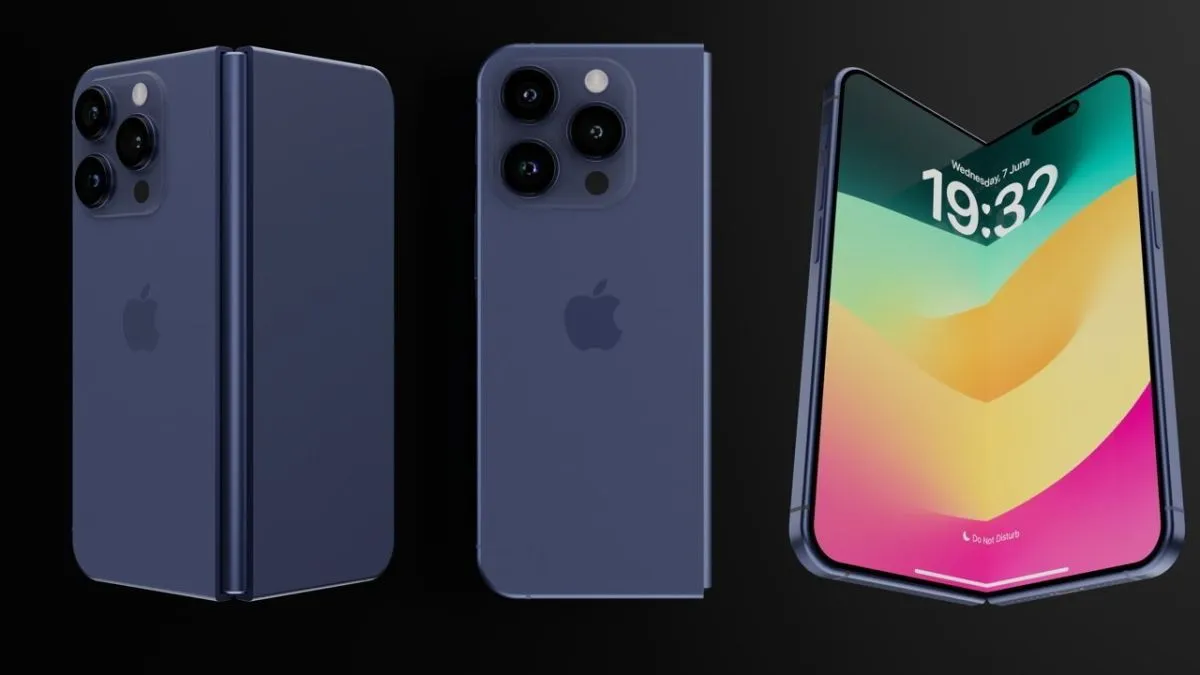
Apple is gearing up for a transformative entry into the foldable smartphone arena with its much-awaited foldable iPhone slated for a 2026 launch. Renowned Bloomberg analyst Mark Gurman has shed light on the device’s innovative design, describing it as akin to two iPhone Air models positioned side by side within an ultra-thin titanium chassis. This revelation positions the foldable iPhone as a potential game-changer in the premium smartphone market, blending Apple’s signature aesthetics with groundbreaking foldable technology.
The foldable iPhone represents years of meticulous research and development at Apple, aiming to address long-standing challenges in hinge mechanisms, display durability, and overall form factor. Gurman’s insights, drawn from supply chain sources, highlight how this device could redefine user experiences by offering a larger canvas for productivity and entertainment in a compact footprint. As the smartphone industry evolves, Apple’s foray into foldables arrives at a pivotal moment, competing with established players like Samsung and emerging innovators.
Design Inspired by iPhone Air: A Technical Marvel
The core of the foldable iPhone’s appeal lies in its design philosophy, heavily influenced by the iPhone Air prototype. Gurman notes that the foldable iteration essentially doubles the Air’s slim profile, creating a seamless dual-screen experience when unfolded. This approach not only maximizes screen real estate but also maintains the portability that defines Apple’s product lineup. The ultra-thin titanium chassis promises exceptional strength, resisting the creases and wear common in early foldable models.
Apple’s experimentation with the iPhone Air appears to have been a strategic precursor, testing ultra-thin components and battery efficiencies that directly feed into the foldable design. Described as a technical achievement, the device prioritizes elegance through minimal bezels and a crease-free OLED display, potentially sourced from Samsung Display or LG. Durability enhancements include a reinforced hinge that allows for 200,000 folds, far surpassing competitors’ initial offerings.
From an engineering standpoint, integrating dual cameras, speakers, and sensors into such a slender form demands innovative solutions. The titanium frame not only lightens the device to under 250 grams but also aids in heat dissipation during intensive tasks like gaming or video editing. This design ethos could set new benchmarks, appealing to professionals seeking versatile devices for multitasking.
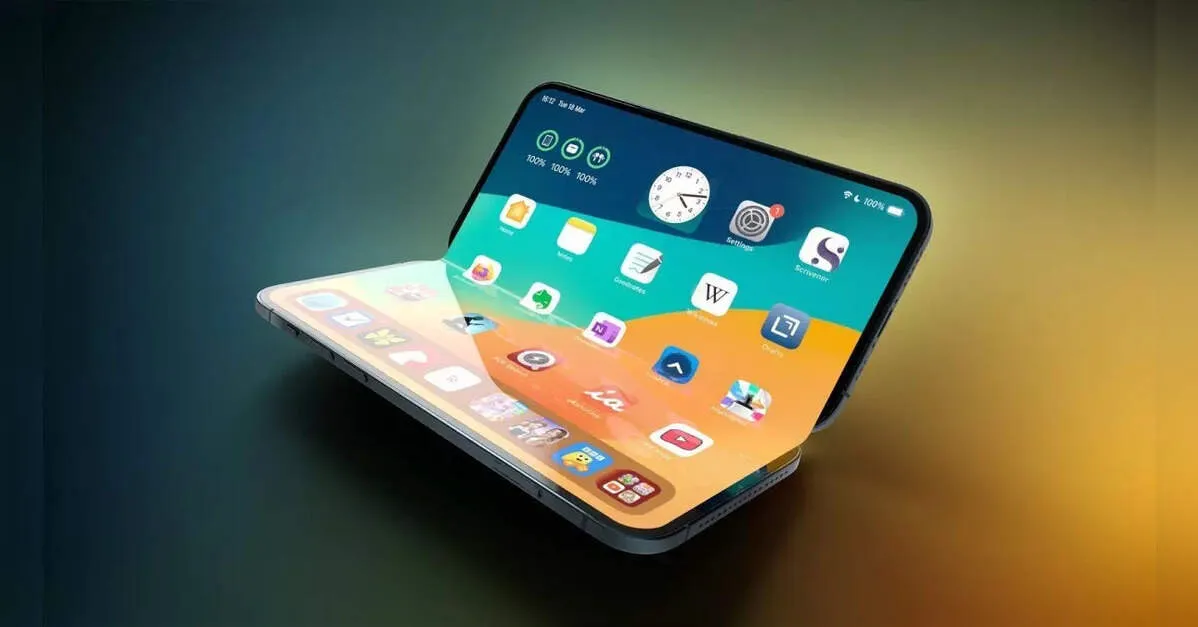
Production Insights: Primarily in China with Possible India Shift
Manufacturing the foldable iPhone will predominantly occur in China, leveraging established supply chains for precision components. Gurman clarifies that while earlier rumors suggested a full pivot to India for diversification, initial volumes will rely on Chinese facilities to ensure quality control during the ramp-up phase. Foxconn and other key partners are poised to handle assembly, drawing on experience from foldable prototypes.
This production strategy balances cost efficiencies with geopolitical considerations, as Apple continues expanding its Indian footprint for standard iPhones. A portion of foldable output may eventually migrate to India, supporting local employment and reducing dependency on a single region. Supply chain analysts anticipate initial shipments of 5 to 7 million units in the first year, scaling up based on demand signals.
Challenges in production include sourcing crease-free displays and custom hinges, but Apple’s rigorous vetting processes mitigate risks. The titanium chassis fabrication requires advanced milling techniques, primarily available in specialized Chinese factories, underscoring the rationale for the primary location choice.
Expected Pricing and Availability Timeline
Positioned as a luxury offering, the foldable iPhone is projected to start at around $2,000, with higher configurations reaching $2,300. This premium pricing reflects the advanced materials and engineering, targeting affluent consumers and early adopters willing to invest in cutting-edge innovation. Compared to rivals like the Samsung Galaxy Z Fold series, Apple’s entry maintains its markup for brand prestige and ecosystem integration.
Availability is pegged for late 2026, with an unveiling at Apple’s September event alongside the iPhone 18 lineup. Release could slip to October or November to accommodate software optimizations for the foldable form factor. Pre-orders are expected to open immediately post-announcement, with global rollout prioritizing key markets like the US, Europe, and Asia.
Software-wise, iOS 20 or later will introduce foldable-optimized features, such as dynamic multitasking and app continuity across screens. This timeline allows Apple to refine based on beta feedback, ensuring a polished debut that upholds its reputation for seamless user experiences.
iPhone Air Teardown: Slim Design Meets Practical Repairs
Complementing the foldable buzz, iFixit’s teardown of the latest iPhone Air unveils a masterpiece of minimalism at just 5.6mm thick, the slimmest in Apple’s history. This redesign pushes boundaries, integrating high-end specs into an impossibly thin profile without compromising functionality. Repair experts praise the modular approach, scoring it higher than predecessors for serviceability.
The iPhone Air’s internals reveal thoughtful engineering to accommodate slimness. Traditional barriers like battery size and thermal management are overcome through stacked components and efficient layouts, setting precedents for future models including the foldable variant.
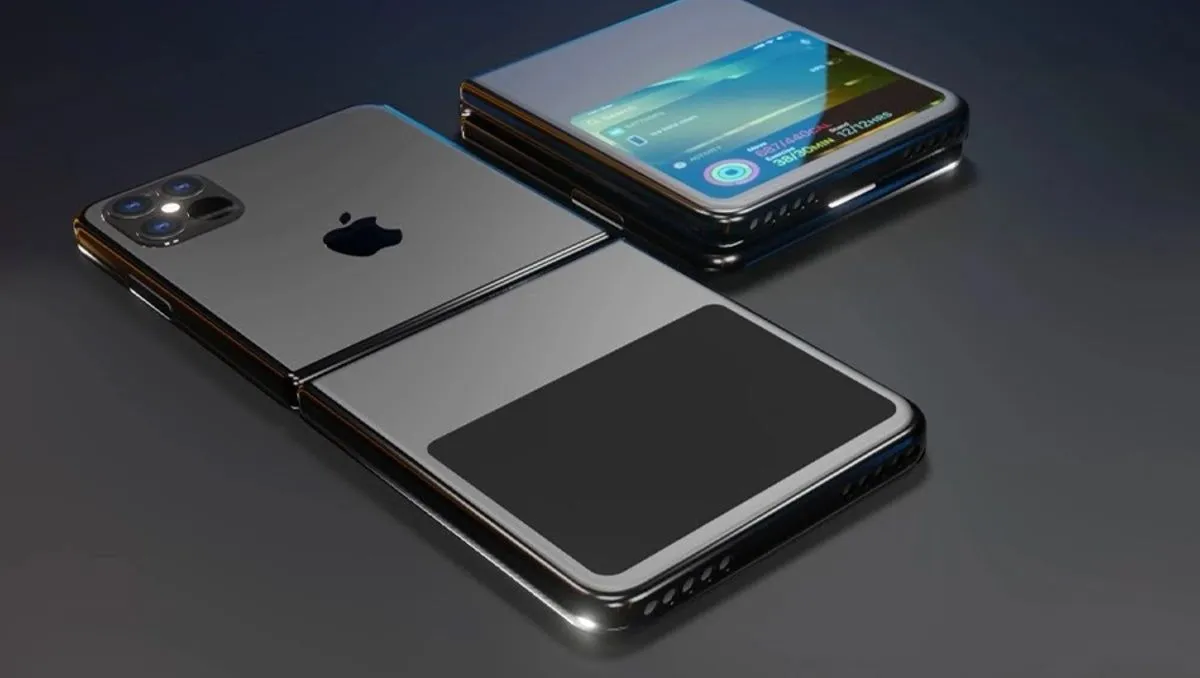
Camera Configuration and Internal Layout Innovations
A standout feature in the iPhone Air teardown is the camera plateau, a raised modular bump housing the triple-lens system and part of the logic board. This design frees up internal space for a metal-encased battery with improved thermal properties, enhancing safety and longevity. By embedding logic board elements within the camera housing, Apple minimizes vulnerability to bends or impacts.
The layout optimizes signal integrity, with antennas repositioned along the frame’s edges for better reception in slim confines. iFixit notes easier access to the display and battery via pull tabs and standardized screws, contrasting with glued-in components of yore. This repair-friendly ethos could influence the foldable iPhone, where hinge access poses unique challenges.
Performance benchmarks from the teardown confirm the A18 chip runs cooler in this form, thanks to vapor chamber cooling integrated subtly. Camera optics benefit from the raised design, allowing larger sensors without thickening the body, delivering superior low-light performance and computational photography.
Implications for Apple’s Foldable Ecosystem
The synergy between iPhone Air innovations and the foldable design foreshadows a cohesive ecosystem. Shared titanium elements and slim engineering could unify Apple’s portfolio, enhancing cross-device continuity via iCloud and AirDrop. For users, this means seamless transitions from pocketable phones to tablet-like foldables for creative workflows.
Market analysts predict the foldable will capture 10 percent of premium sales within two years, driven by exclusive features like S Pen integration or advanced AR capabilities. Repairability from the Air teardown bodes well for sustainability, aligning with Apple’s carbon-neutral goals through recyclable materials.
Competitive Landscape and Consumer Expectations
Entering the foldable fray, Apple faces stiff competition from Samsung’s matured Z series and Google’s Pixel Fold. However, Gurman’s report suggests Apple’s focus on premium build quality and software polish will differentiate it, potentially justifying the $2,000 price tag. Consumer expectations center on durability, with surveys indicating crease aversion as a top concern.
The 2026 launch timeline allows Apple to observe rivals’ missteps, refining its offering for mass appeal. Integration with Vision Pro and Mac ecosystems could unlock productivity modes, positioning the foldable as more than a gadget but a versatile tool.
Technological Advancements Driving the Design
Underpinning these developments are advances in display tech, with under-display cameras and flexible substrates enabling seamless folds. The titanium chassis employs aerospace-grade alloys for featherlight resilience, while battery tech from solid-state explorations promises all-day endurance in slim profiles.
Gurman’s insights underscore Apple’s secretive yet methodical approach, with prototypes iterating on Air learnings to perfect the dual-screen paradigm. This could herald a new era where foldables transcend novelty, becoming staples in diverse user scenarios from travel to office.
Market Impact and Consumer Sentiment
The anticipation for Apple’s foldable iPhone is palpable, with social media platforms like X buzzing under hashtags like #AppleFoldable and #iPhone2026. Early adopters express enthusiasm for the premium titanium build, while others await hands-on reviews to assess crease visibility and hinge reliability. Apple’s brand loyalty could drive initial sales, with estimates suggesting a 15 percent premium market share gain by 2027.
Competitors may respond with aggressive pricing or feature enhancements, intensifying the foldable race. Apple’s strategic delay ensures it enters with a polished product, leveraging its ecosystem to lock in users. The device’s success could redefine premium smartphones, pushing rivals to innovate further.
Strategic Considerations for Apple’s Launch
Apple’s 2026 launch strategy will likely emphasize exclusivity, with limited initial stock to create buzz. Marketing campaigns will highlight the device’s versatility, targeting creators and professionals through demos of multitasking and AR apps. Trade-in programs could ease the $2,000 entry barrier, encouraging upgrades from iPhone 14 and 15 users.
Global supply chain resilience, with partial India production, mitigates risks from geopolitical tensions. Apple’s focus on repairability and sustainability may also appeal to eco-conscious consumers, reinforcing its leadership in responsible tech innovation.
Comment / Reply From
No comments yet. Be the first to comment!
